At Energy for Life we believe fasting is a great tool with many benefits. It can help with weight management, with blood glucose stabilisation, it can help prevent disease, support brain function, delay ageing and support growth. New research is emerging all the time on how to access more benefits from this technique and whilst we’ve been putting fasting into action in our personal lives for many years, we love keeping on top of the emerging science in this area.
One of those areas that has recently been blooming with new and useful information is about fasting for women. A brilliant book came out in Dec 2022 clarifying the previously mixed messages about how and when to fast if you are female. The book is ‘Fast Like A Girl’ by Dr Mindy Pelz and it is as essential read for all women who already fast, or who are interested in starting. Here’s a link to a great podcast with Dr Mindy where she goes into some of the detail – Podcast.
Prior to this book Emma was practicing 18/6 intermittent fasting daily (eating between 12pm and 6pm), and doing a 24/36/48hr fast fairly regularly too. What she didn’t know until this book came out was that by doing these fasts throughout her cycle, with no consideration to her hormones, she was getting the benefits of the fasting practice but at the same time adversely affecting her hormone production and impacting her overall health. She’s therefore since altered her fasting to be inline with Dr Pelz advice. If you think it is as simple as taking a rest from fasting when on your period then this information is essential for you. Read on for a brief explanation.
Throughout a women’s month (whether you have a cycle or not) there is a complex hormonal dance going on in the body with Estrogen, Progesterone and Testosterone. And these hormones are also impacted by insulin (which is high when our blood sugar levels are high) and cortisol (the stress hormone). In order to keep our cycle regular and balanced we need to be mindful of what each of these hormones need to thrive, and when the body is trying to produce them during the month.
– Estrogen is produced by the body at two points in the cycle and this is a great time to fast because Estrogen thrives when insulin is low (when we’re fasting we’re not consuming sugar and therefore no insulin is being released in the body).
– Mid-cycle, at the time when testosterone is ramping up, intermittent fasting of no more than 15hrs is advised due to the adverse effects that cortisol would have on the bodies ability to produce testosterone (cortisol, the stress hormone, would be activated by a longer fast).
– Progesterone also ramps up at two points in the cycle. Progesterone is sensitive to both glucose and cortisol and so it is best to avoid fasting all together during the time that this is hormone is being produced in the body.
So what does that look like in practice?…
For those with a cycle it looks like this (Day 1 is the start of your period):
Phase 1: Day 1-10: 13-72hr fasts are great
Phase 2: Day 11-15: 13-15hr fasts are good
Phase 3: Day 16-19: 13-72hr fasts are great
Phase 4: Day 20-30 (or until bleed): No fasting
It’s up to you to choose your own rhythm of fasting within these windows. So for instance, during day 1-10 you might do 15hrs fasts everyday with a 24hr fast thrown in at some point. In terms of fasting, the body enjoys variety (just like with our workouts) so mixing it up does produce great results.
For those in perimenopause:
Either start as usual on day 1 of your period, or if you have a long time between your periods you can start the 30 day process at anytime and see the 30 days through. After 30 days, start again at day 1. Often a couple of rounds of the 30 day process enables your cycle to sync up again. This 30 day process done a couple of times through can be great at relieving the common symptoms of hot flashes, stubborn weight gain and mood changes.
For those with no cycle (whether young women who have lost their cycle or postmenopausal women):
Start anytime at day 1 and follow through the month. After 30 days start again at day 1.
If you have prematurely lost your cycle this may be enough to bring it back.
If postmenopausal it can help relieve any lingering symptoms.
In the book Dr. Pelz gives lots more valuable information about which diet to pair with the different stages of your cycle, and how to tweak your fast for a number of different scenarios eg.to balance your hormones better, to regulate your gut microbiome, for thyroid problems, for autoimmune conditions, for infertility, for brain fog or for chronic fatigue.
So if this is of interest, please have a read of the book. We have a copy in the Energy For Life Library so perhaps borrow it when you are next in.
